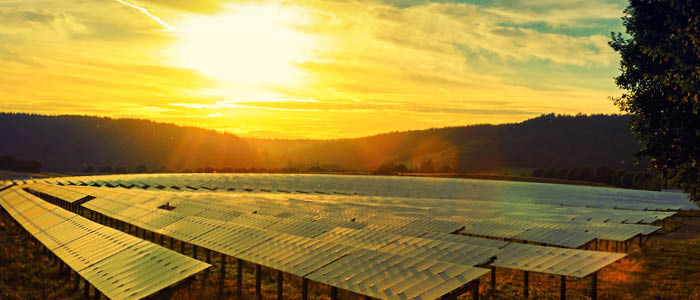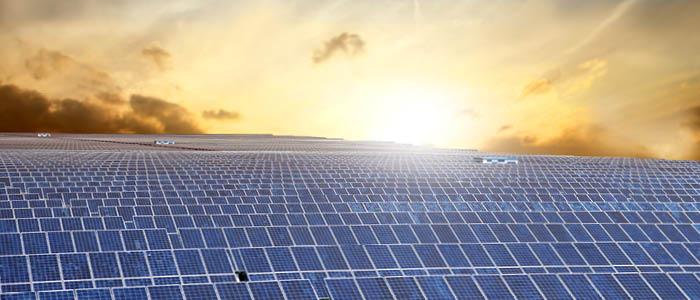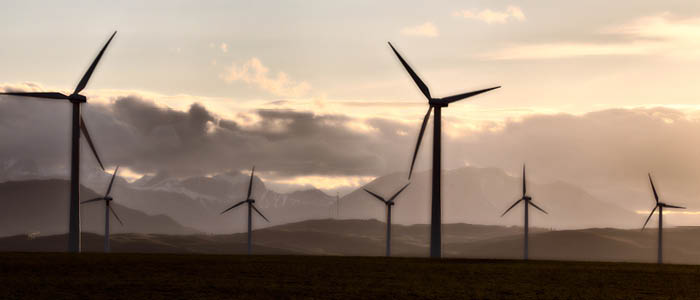On April 2, 2024, the LCF Law Group announced that Ivan Bondarchuk had been promoted to the firm's Partner ranks and will now lead its Energy and Projects practice in Kyiv.
Andrei Nicolae Promoted to General Counsel at RoPower Nuclear
RoPower Nuclear In-House Counsel Andrei Nicolae has been appointed as the General Counsel of the company.
CMS Successful for ACF Renewable Energy Limited in ICSID Case Against Bulgaria
CMS and King & Spalding have successfully represented ACF Renewable Energy Limited – a JV between ACWA Power, Blackrock, and Crescent Capital – in an ICSID case against Bulgaria for the breach of fair and equitable treatment under the Energy Charter Treaty, concerning the 61-megawatt Karadzhalovo photovoltaic plant built in 2012.
Ukrainian Government Takes Further Steps to Implement Renewable Energy Guarantees of Origin in Ukraine
On 27 February 2024, the Cabinet of Ministers of Ukraine adopted Resolution No. 227 “On Introduction of Guarantees of Origin of Electricity Produced from Renewable Energy Sources” (“Resolution”) that came into force on 5 March 2024.
CMS Advises Global Biomet on EUR 50 Million Financing and Two EPCs for Aratiden PV Project in Bulgaria
CMS has advised Global Biomet on the EUR 50 million financing for the Aratiden PV project in Bulgaria granted by UniCredit Bulbank. CMS also advised on the project's two EPC contracts, with Green Solar Energy for substations and grid connection, and with Rashev & Co for the PV section.
Dentons Advises Ignitis Renewables on EUR 82 Million Refinancing for Pomerania Wind Farm
Dentons has advised Ignitis Renewables subsidiary Pomerania Wind Farm on EUR 82 million in refinancing facilities from the EIB and the Nordic Investment Bank, with Skandinavska Enskilda Banken serving as the agent, security agent, and account bank. TGS Baltic reportedly advised the borrower as well.
News in the Solar Power Plant Market
The solar power plant market in Hungary became very active lately and it is expected to grow further still. Transactions in this market require more due diligence than, for example, the sale of a business property, and it seems that as of this January, foreign investors will need to consider this further aspect simultaneously when making a business decision on a solar market transaction.






















